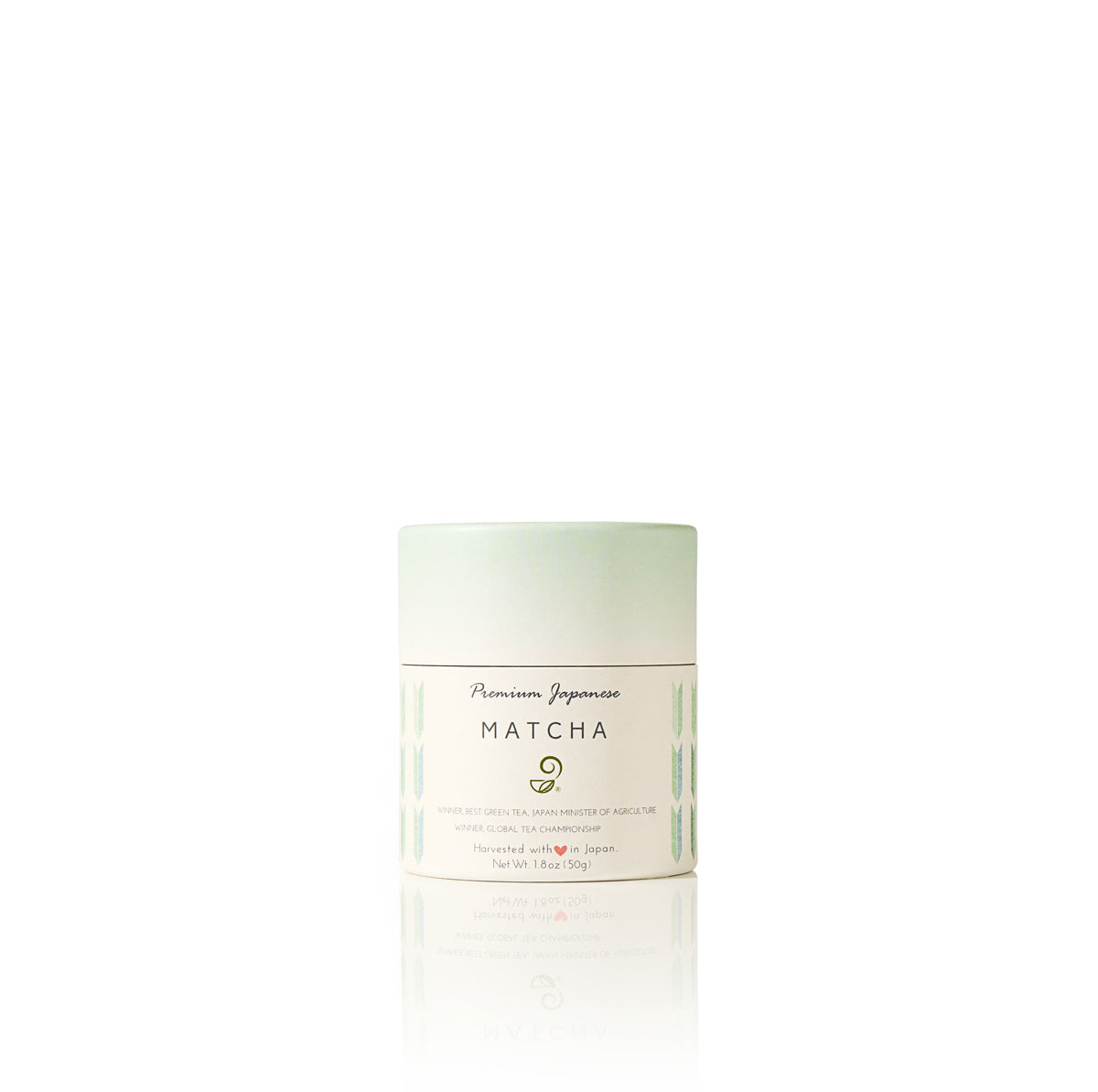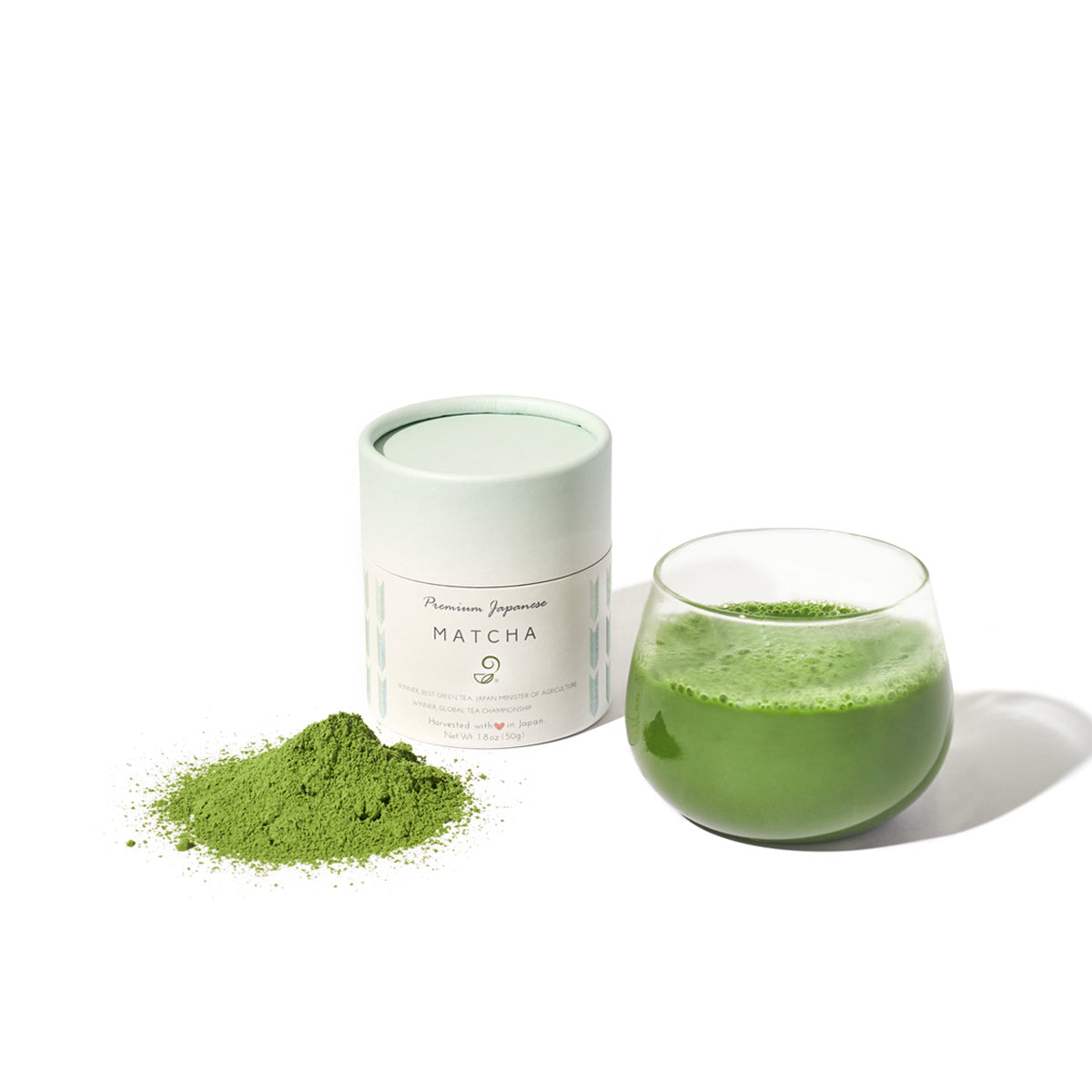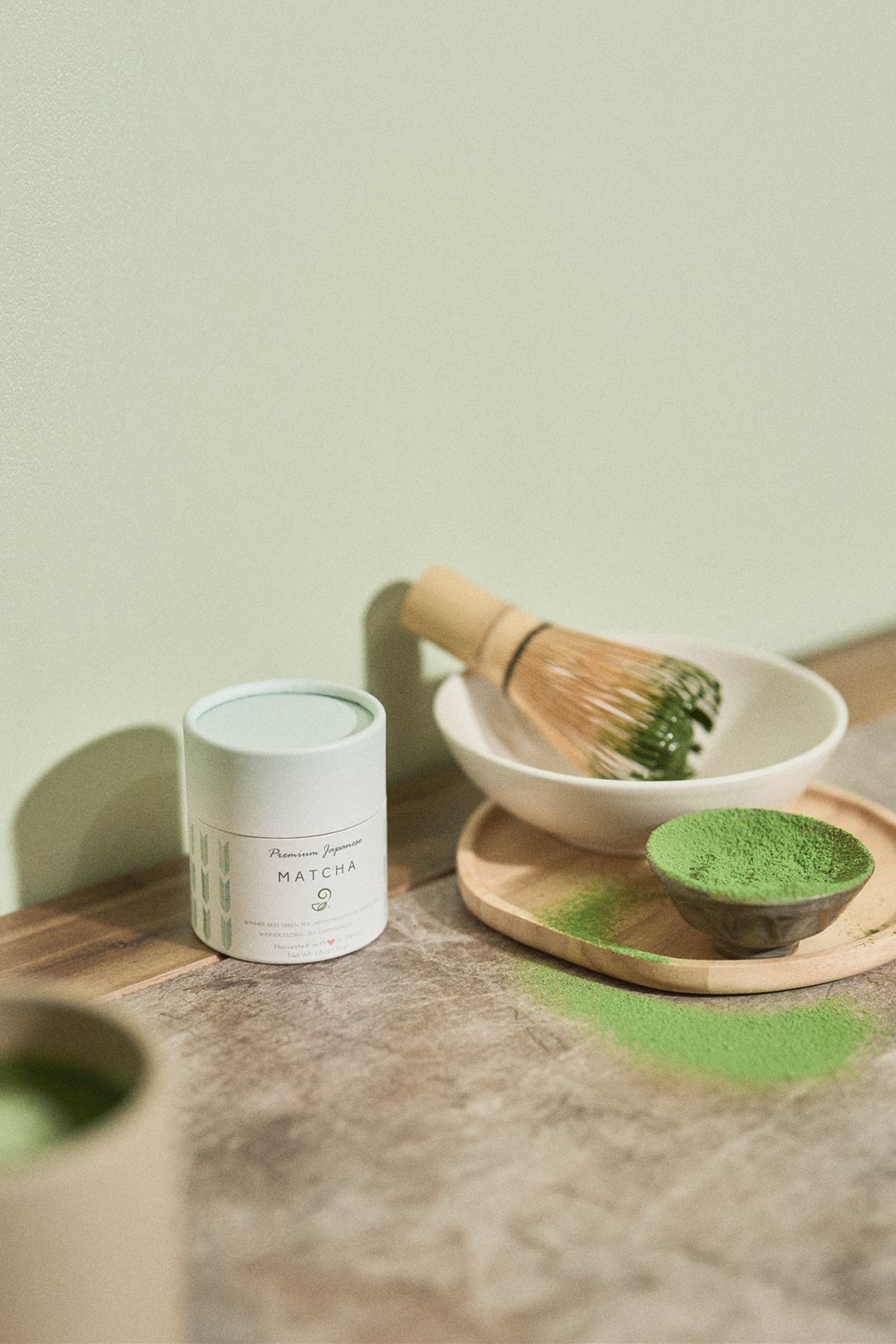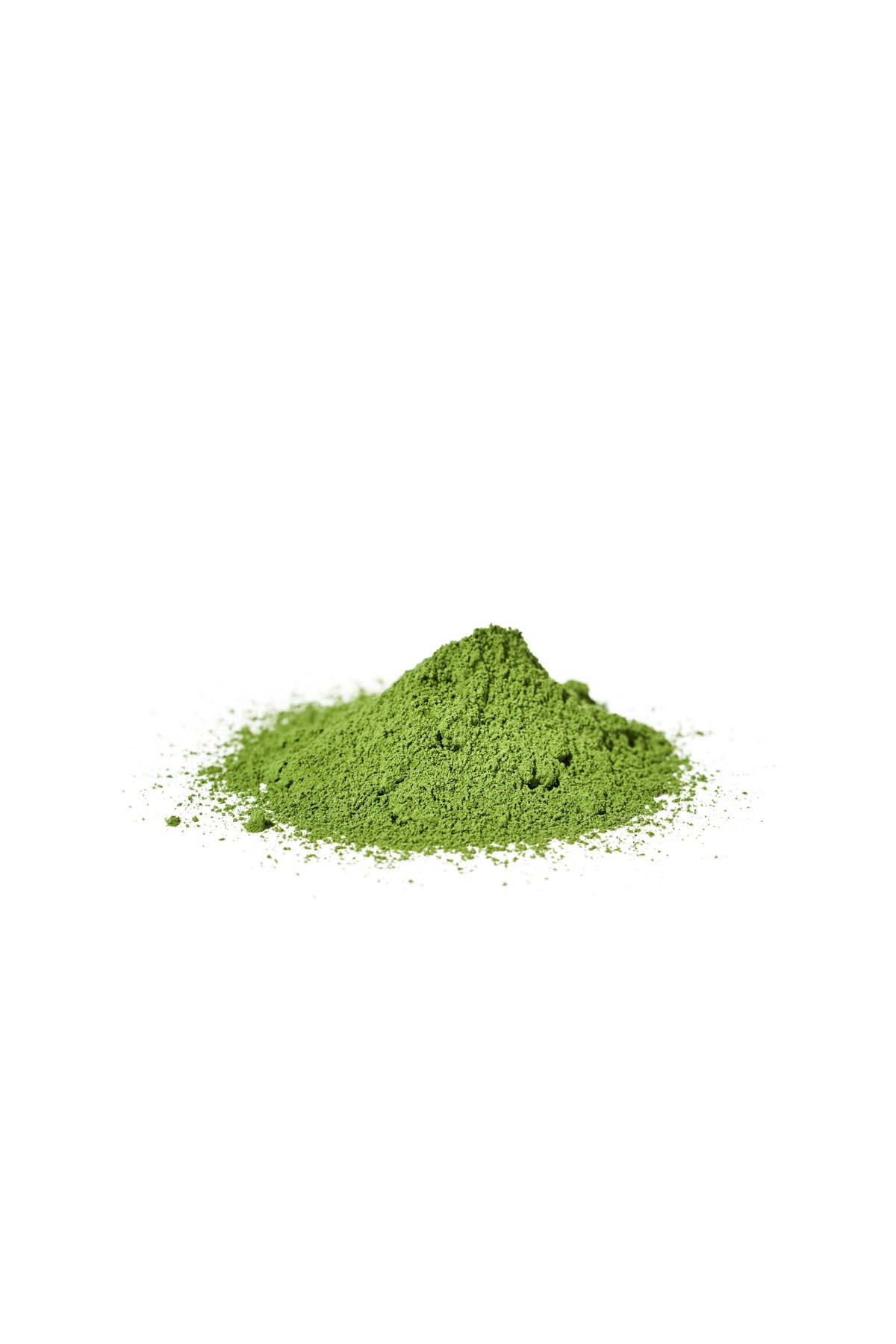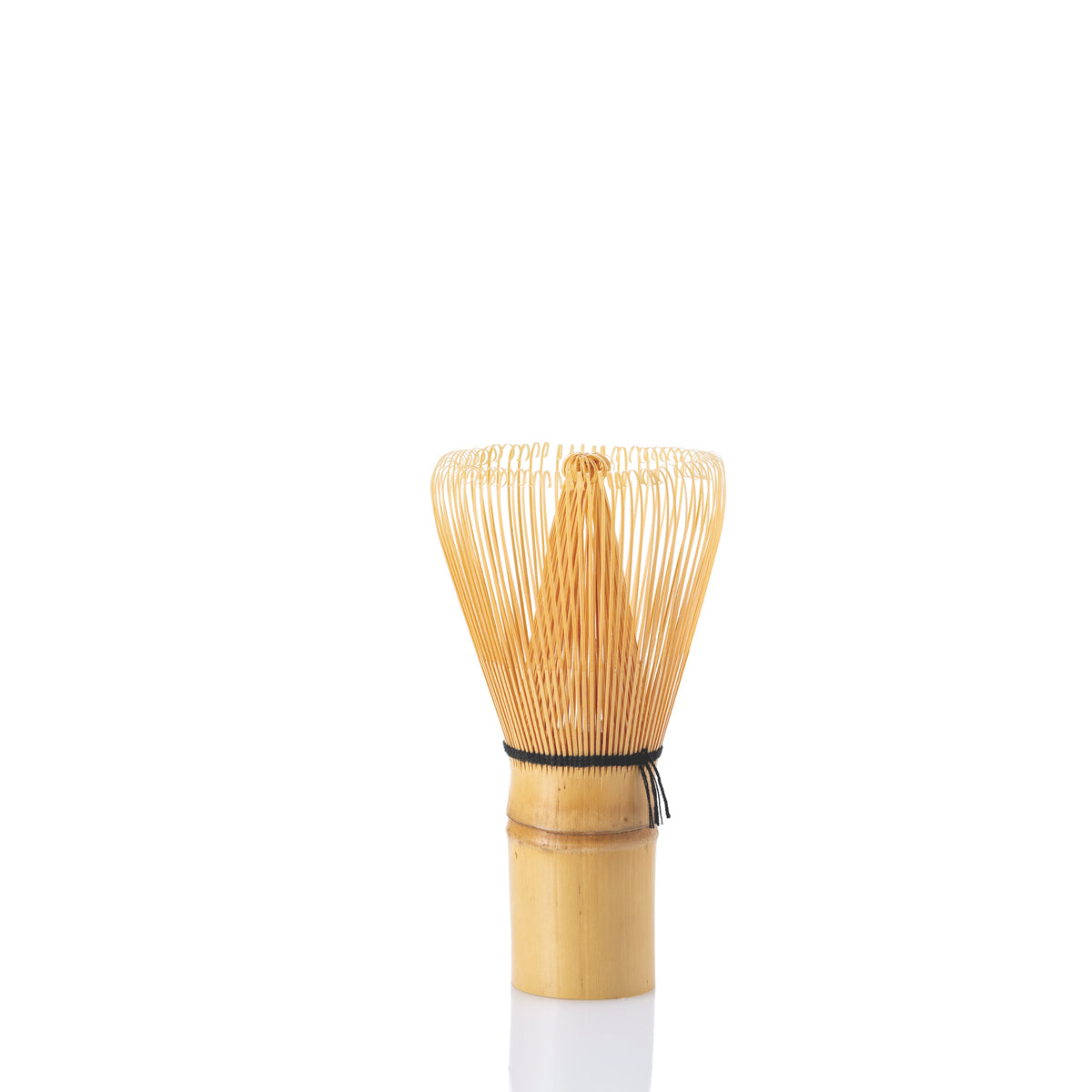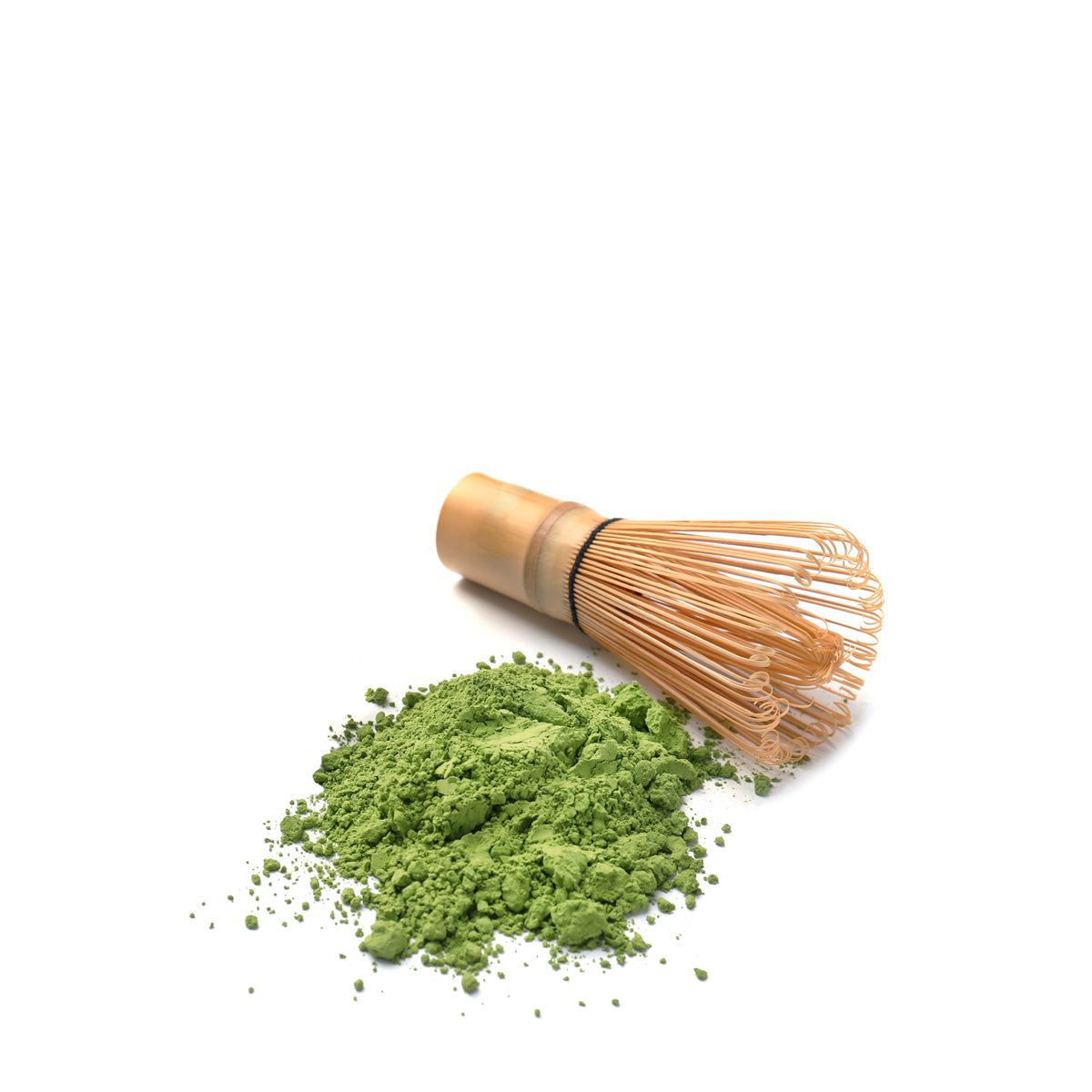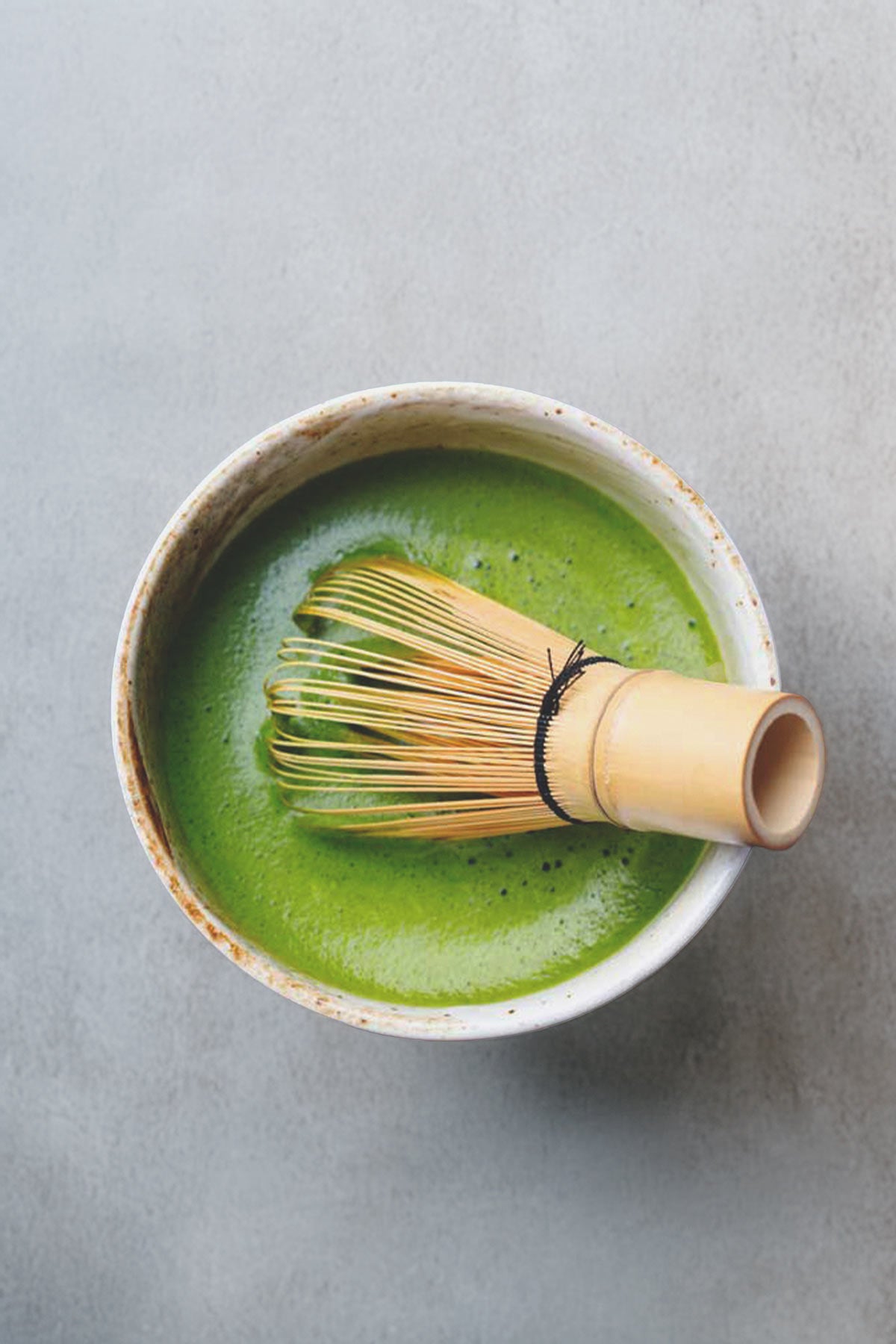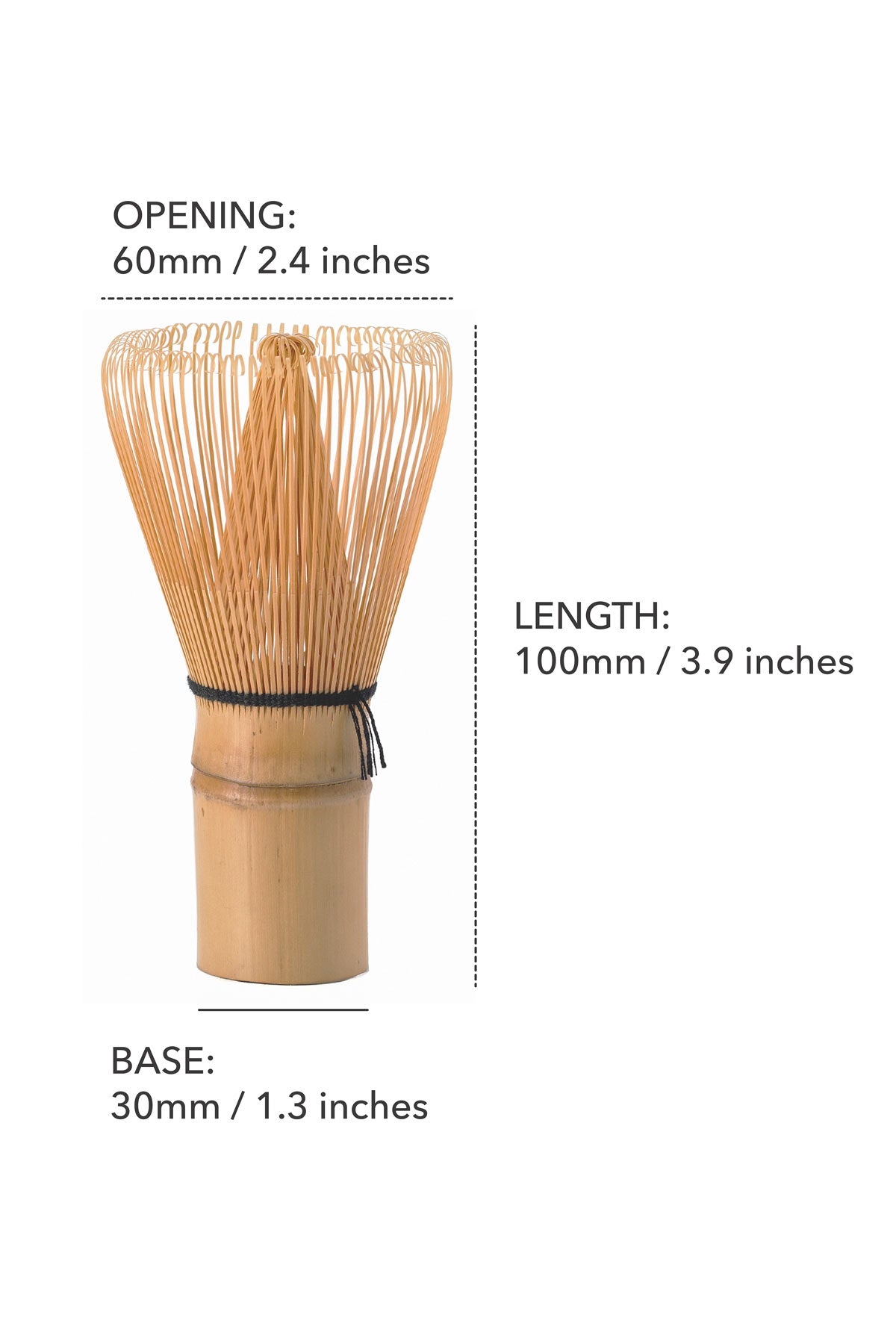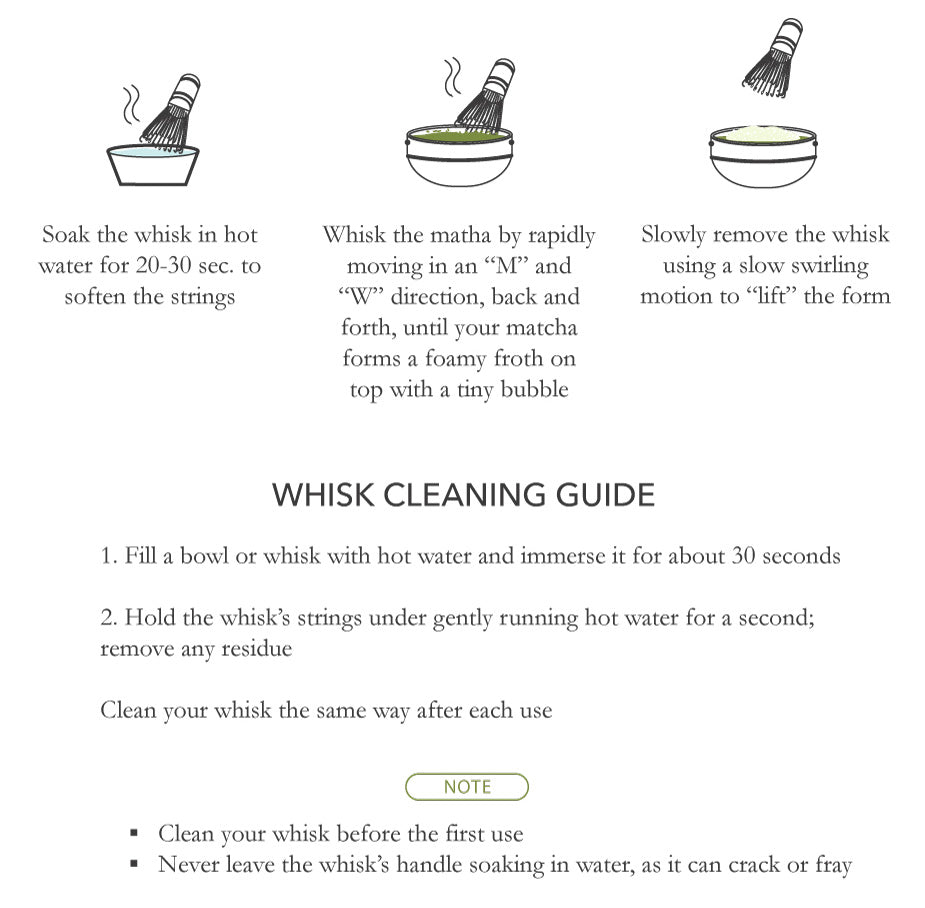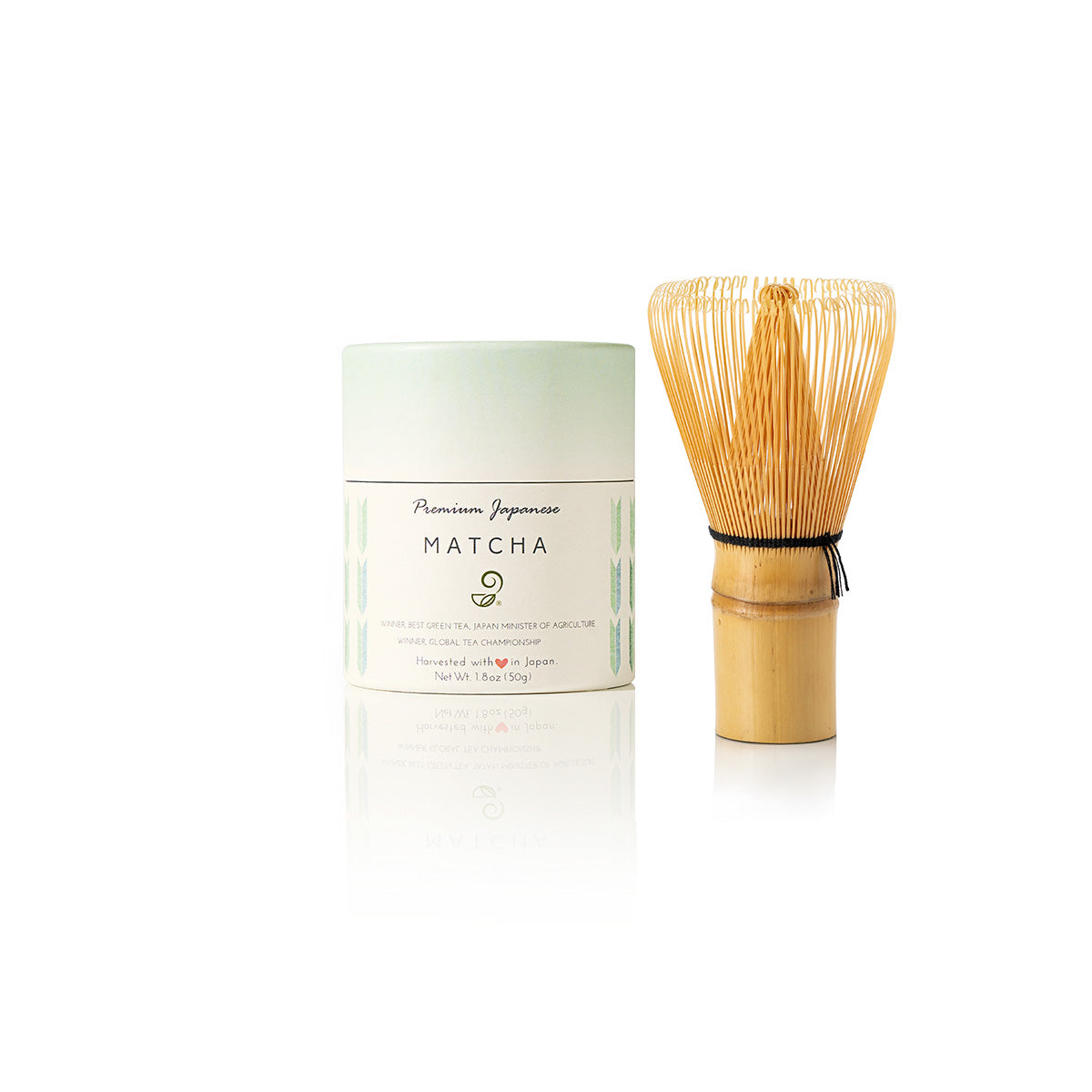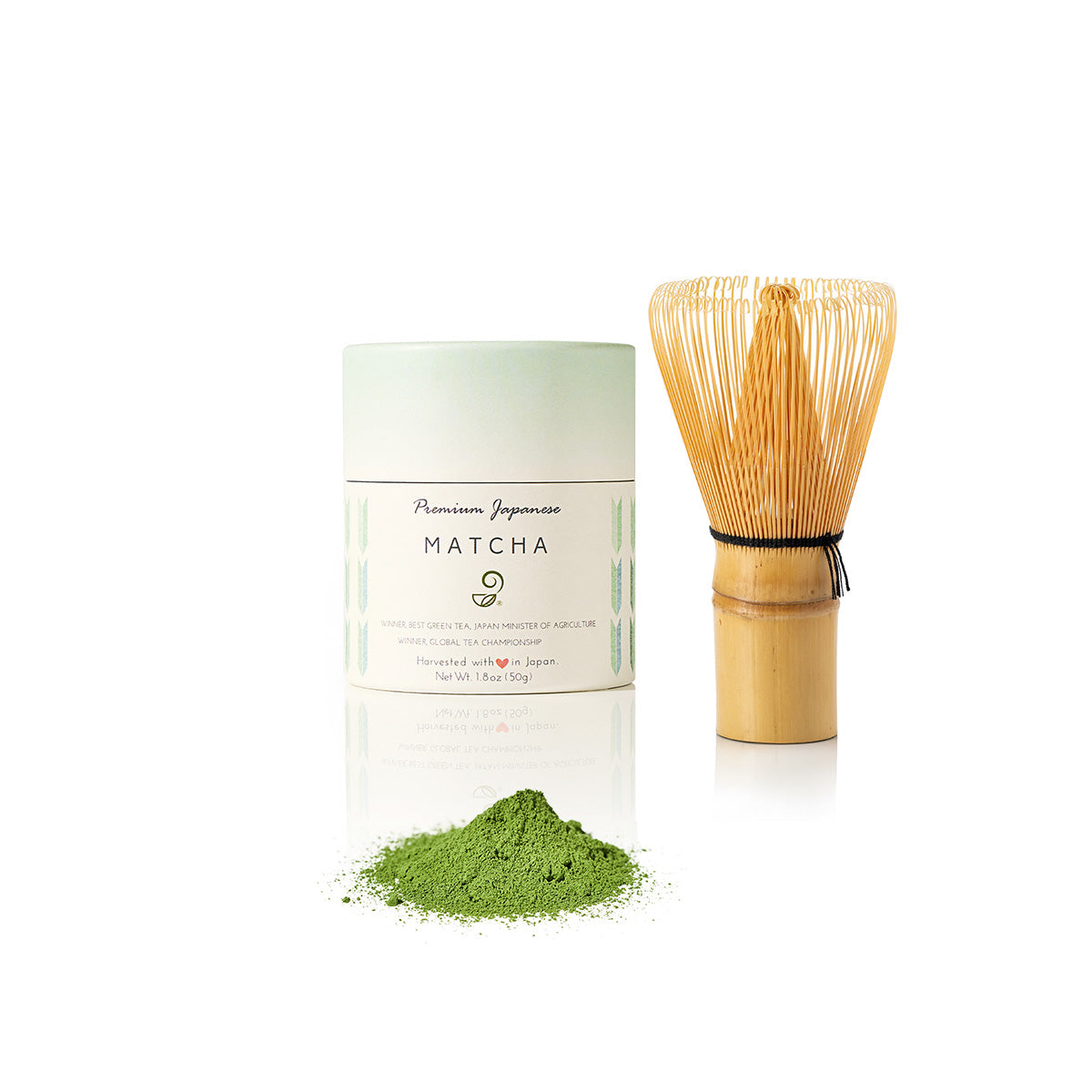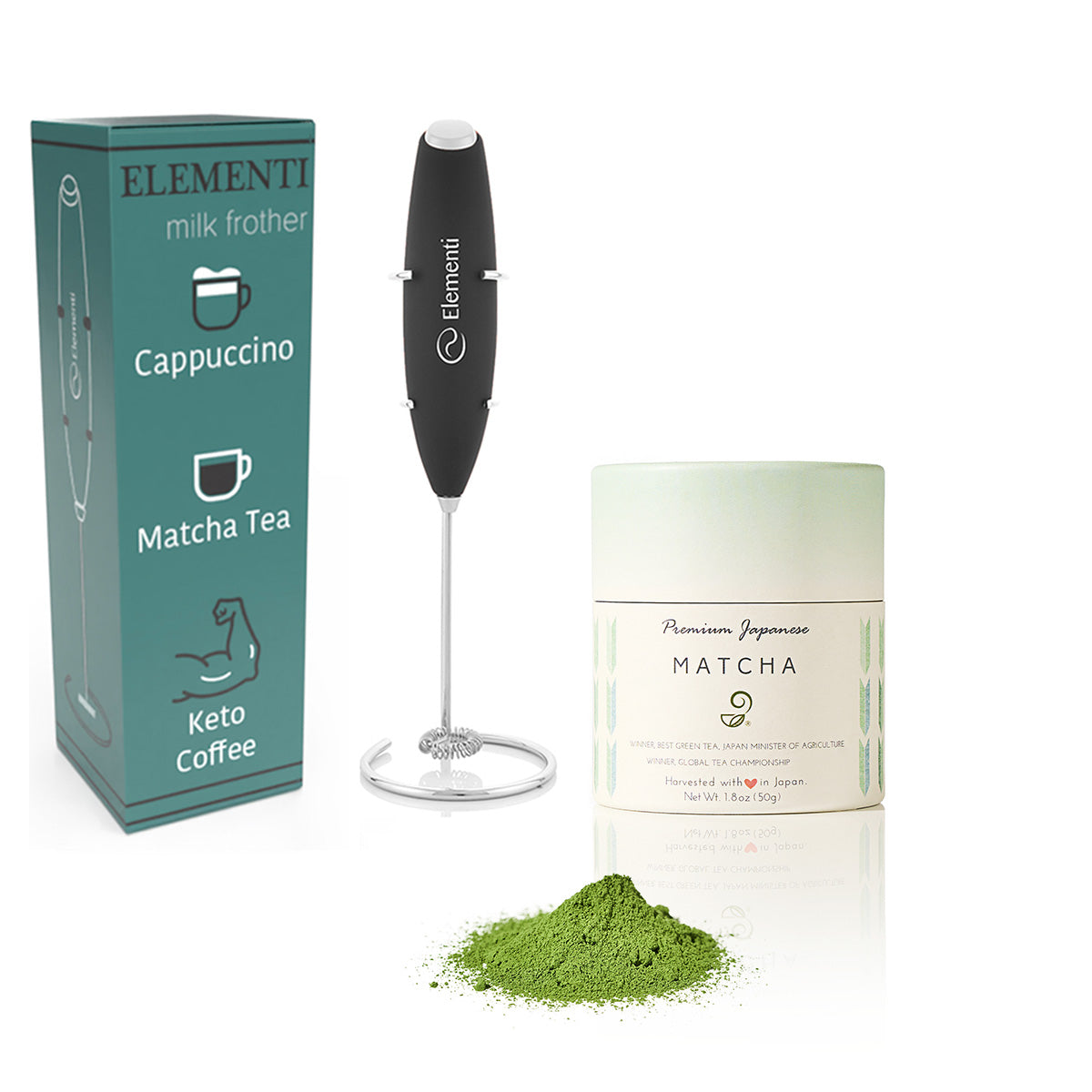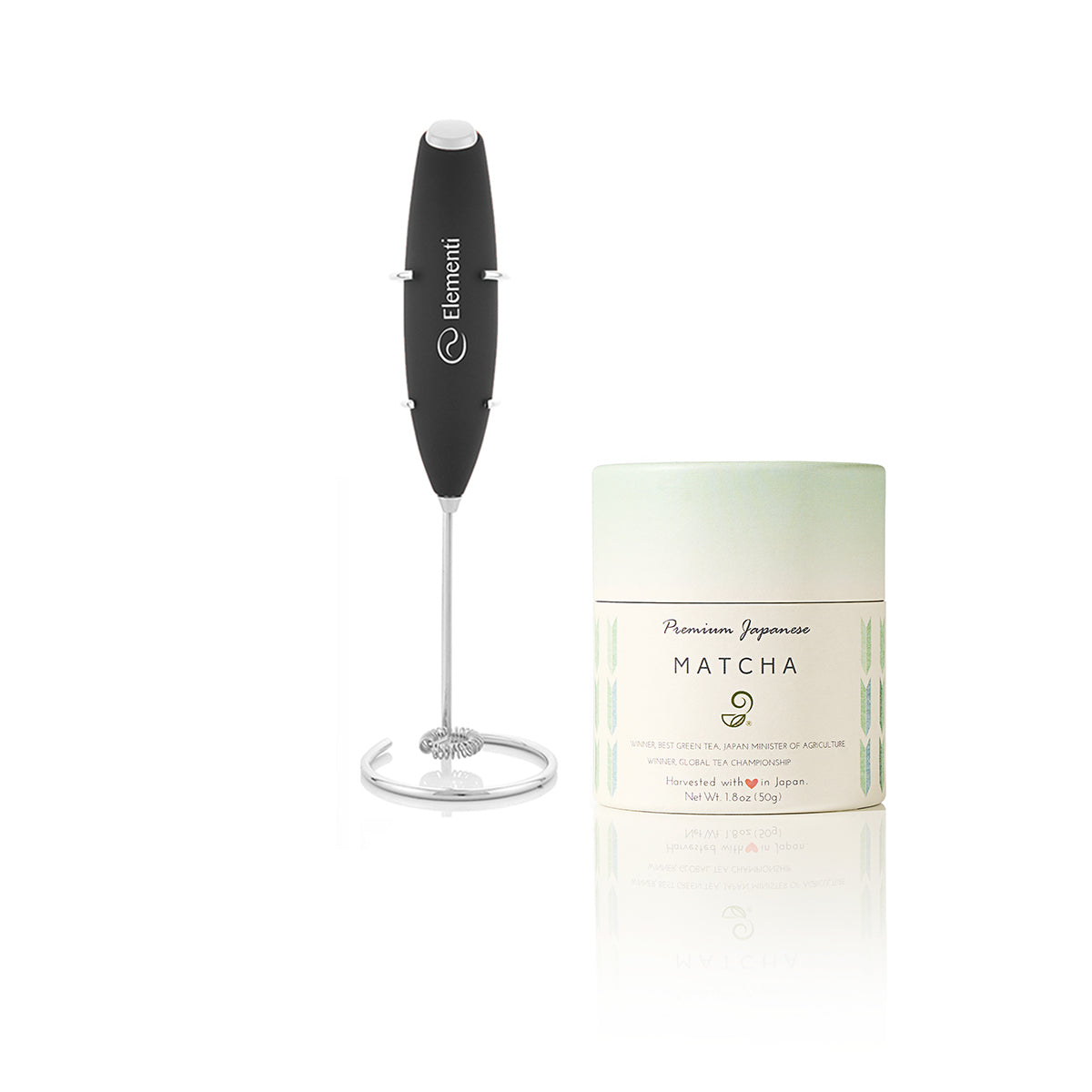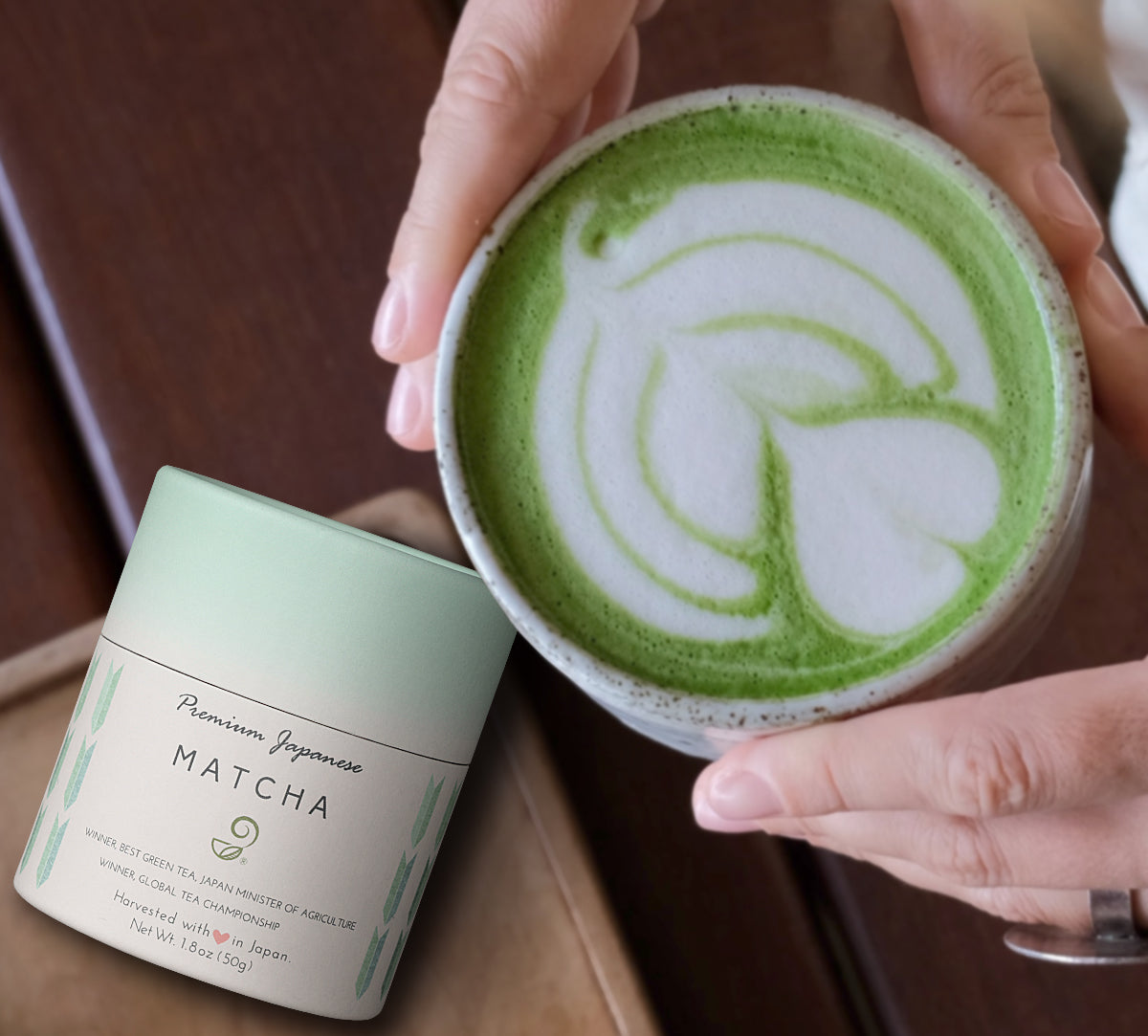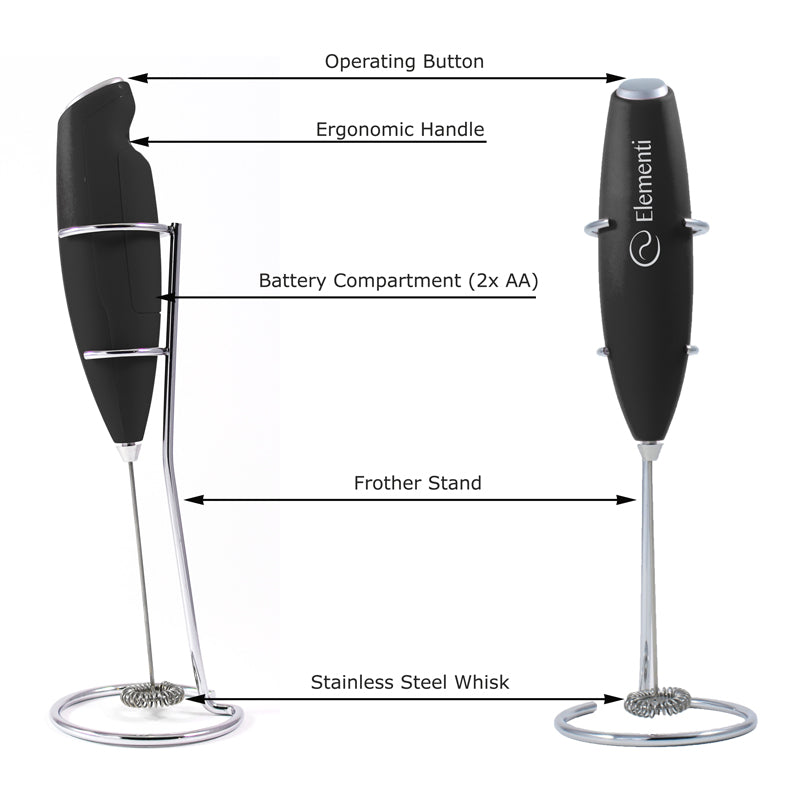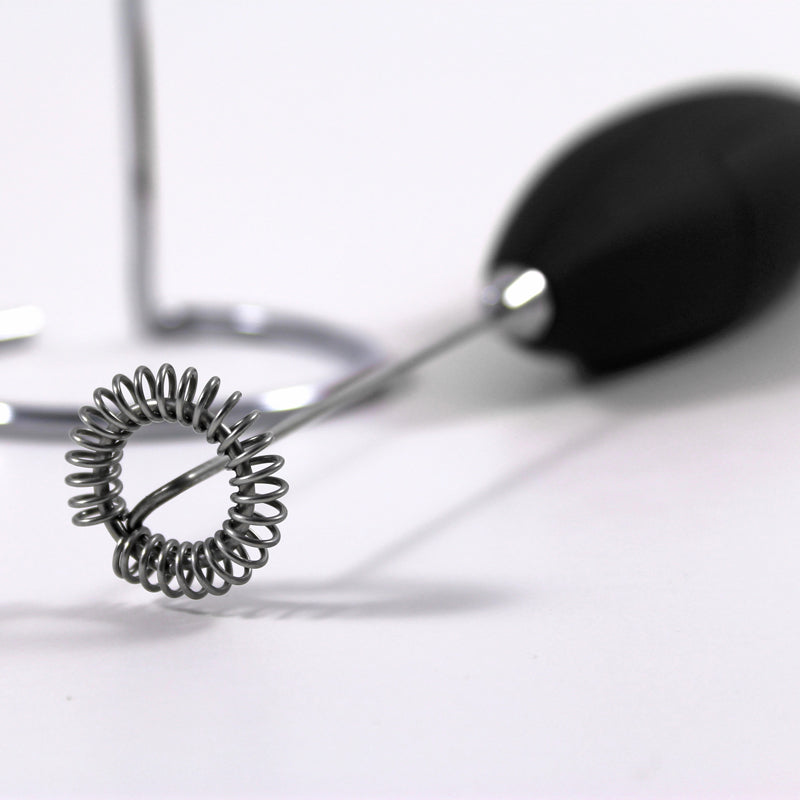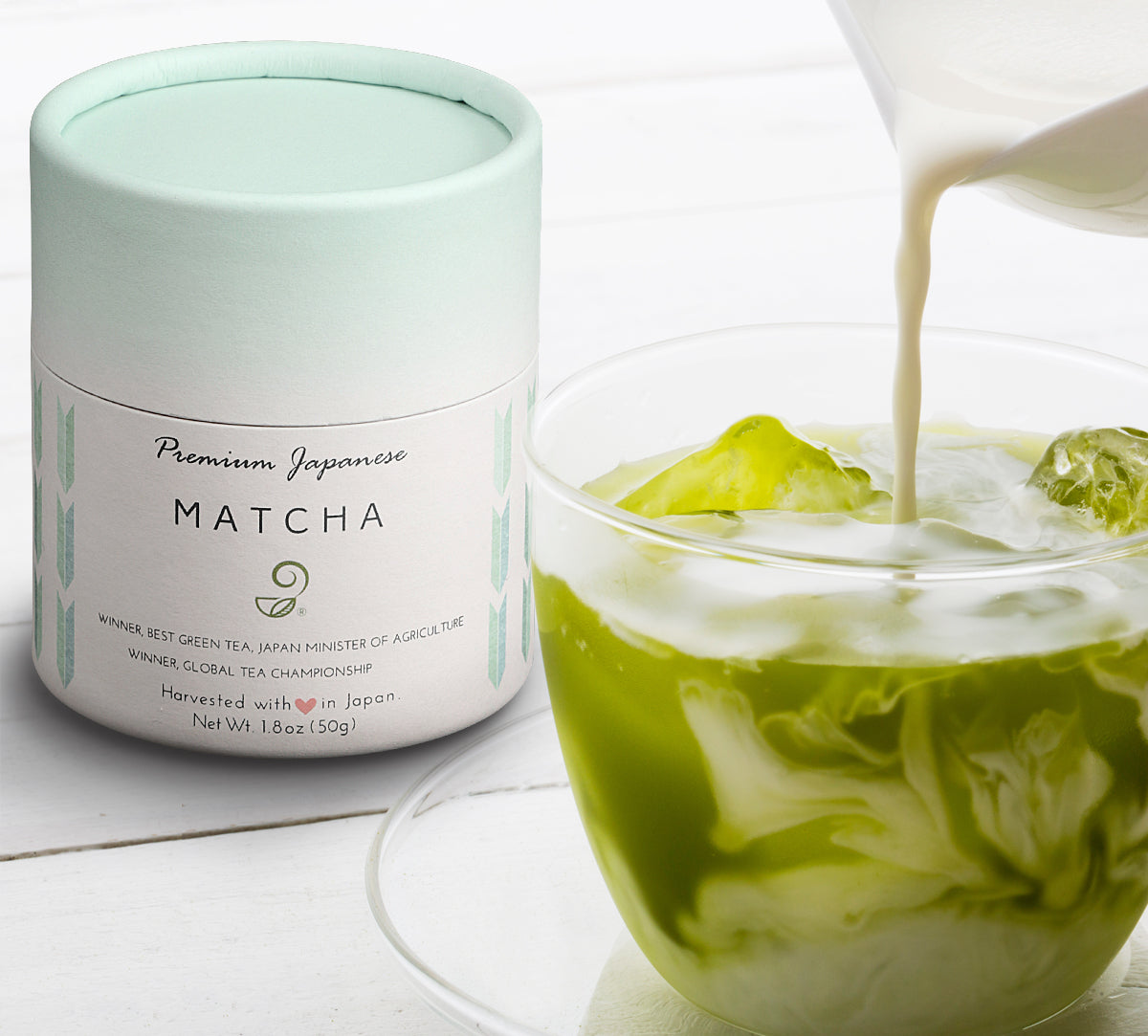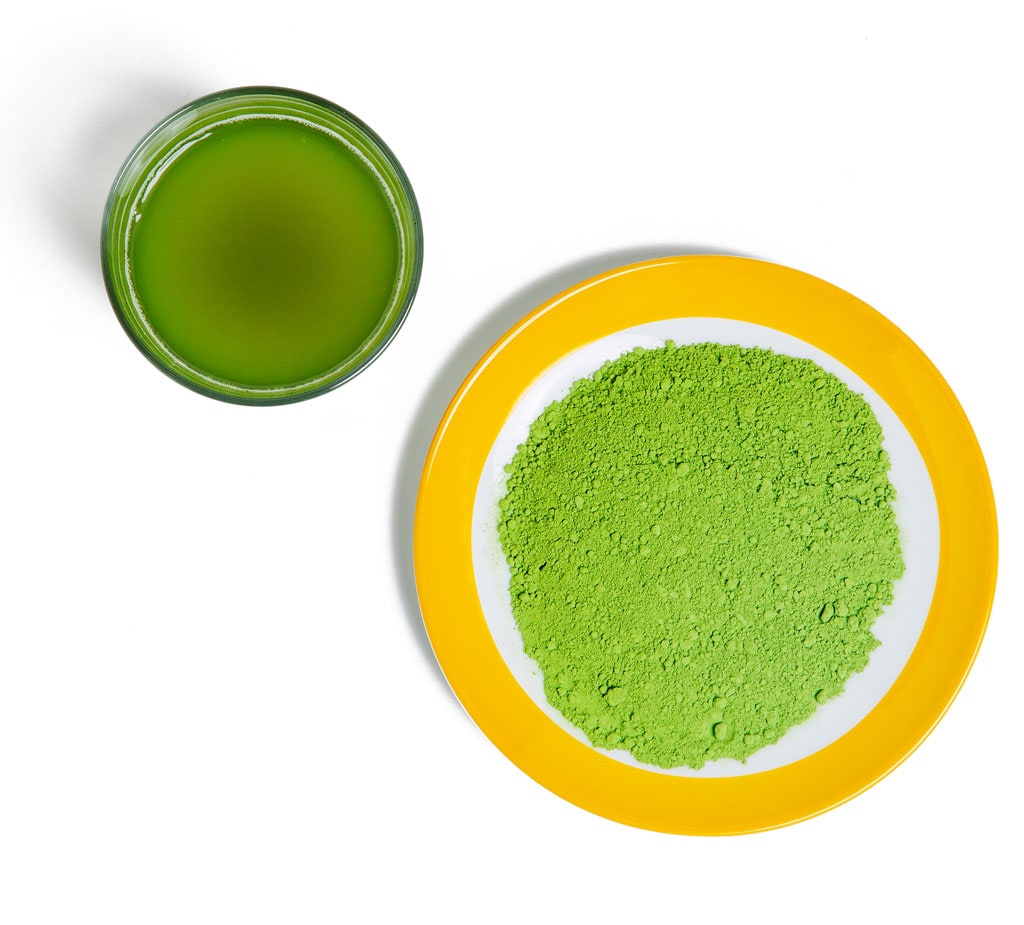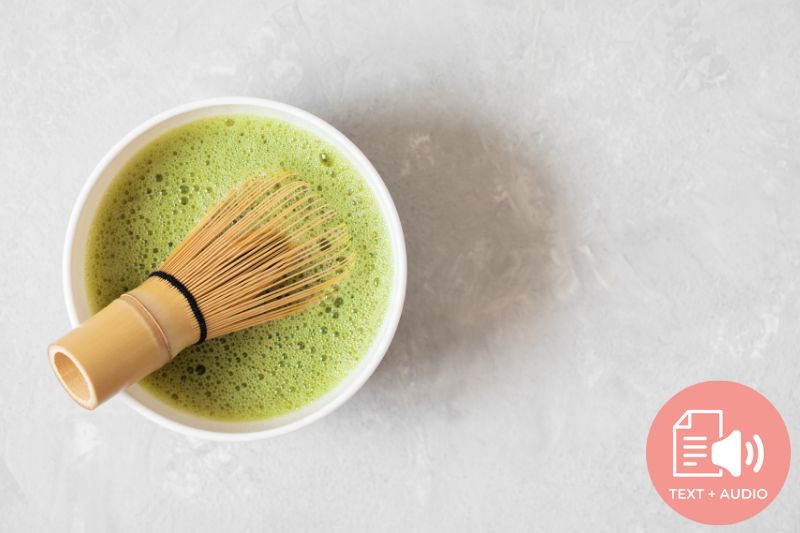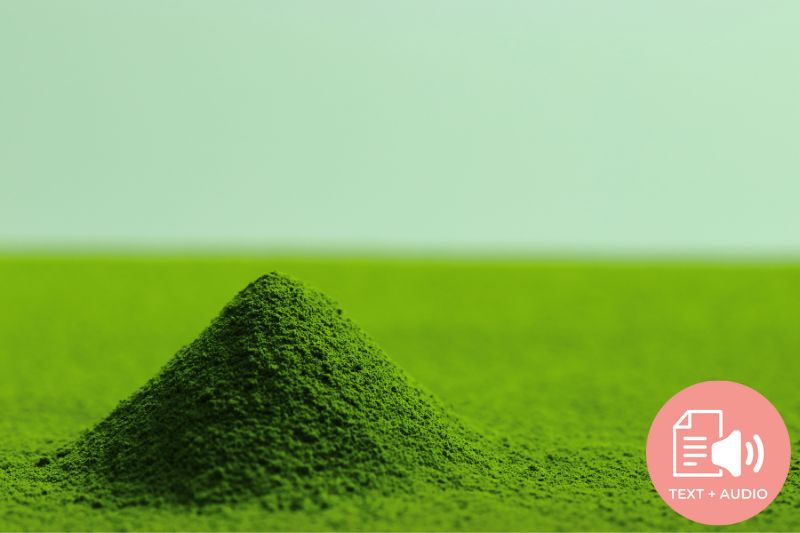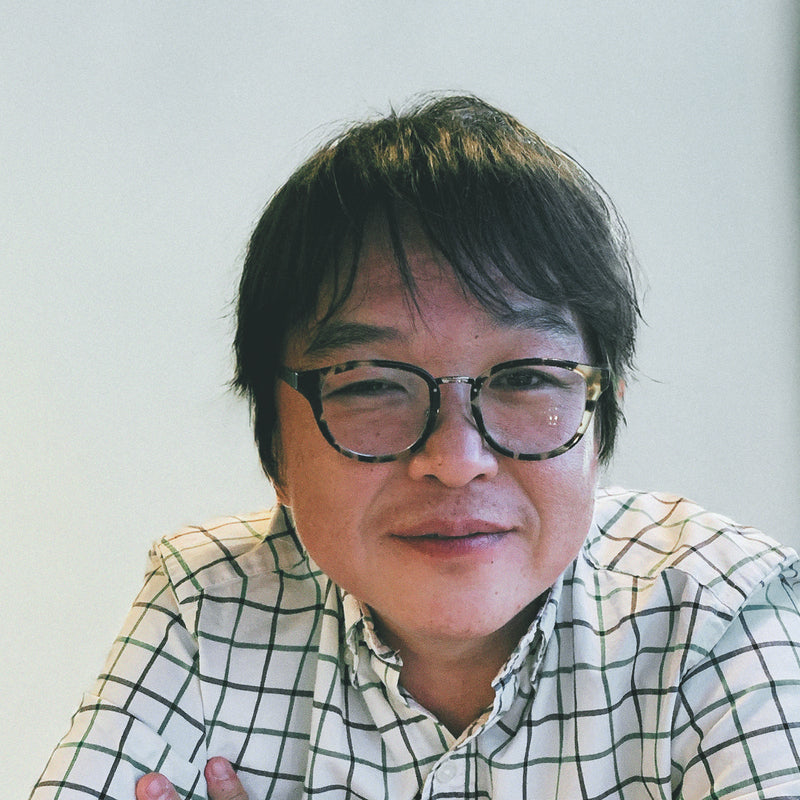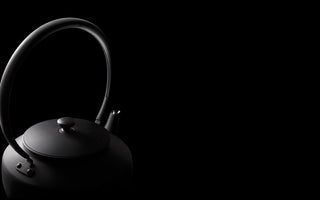Matcha is a popular powdered Japanese green tea with a bright green color and a smooth, creamy texture. Drink Matcha as it is or add milk and something sweet to balance the bitterness, and you can also add it to other kinds of drinks. When you first make Match, you will notice some lumps, and if you leave your drink for some time, some matcha powder starts to settle at the bottom. It is due to the fact that Matcha is not completely powder but rather little pieces of leaves that do not dissolve in water.

It happens to every kind and grade of Matcha. You will not see it in drinks you buy from cafes because they prepared it in another cup and added it to your latte or beverage, or because it is not made with pure Matcha powder. Some Matcha has sugared powder in it to milden the bitterness and make it dissolve fully.
Whenever you make Matcha, there will always be lumps because it is made up of tea leaves ground into powder form, which does not fully dissolve in water or milk. When you whisk it, you create a suspension of liquid and tea leaves, which is not equal to a fully dissolved mixture. You will also have clumpy Matcha if the container is not tight and the powder is exposed to moisture, condensation, or heat.
In addition to storage and preparation, the quality of Matcha itself plays a role in how easily it mixes. Higher-grade ceremonial Matcha, which is finely milled and vibrant in color, typically clumps less than lower-grade culinary Matcha. The finer the grind, the smoother your tea will be—but even the best Matcha still requires proper technique. Understanding this helps set realistic expectations, especially for beginners who might think clumps mean poor quality, when in reality, it’s just part of how real Matcha behaves.
Here are a few tips and methods through which you can avoid lumps in your Matcha when preparing it.
-
Pass the Matcha powder through a sieve. Sifting your Matcha will make it easier to dissolve in water, and it ensures a smoothie-like, creamier, and richer-textured tea. It is a first step in breaking the clumps swiftly and making frothy Matcha.
-
Use a bamboo whisk and slightly hot water (70–80°) when making tea. Another way to avoid clumps is to create a paste first. First, add a little bit of water and whisk it gradually with mild force. By limiting the amount of water, you will be able to handle the powder and easily remove the lumps by whisking them down. Gradually add water until the desired amount is reached, and keep whisking until foamy on top. By adding all the water at once, it will make it harder for you to break all the lumps effectively; therefore, prepare with care.
-
After making the Matcha, if you still see some lumps in the tea, which at this point will be minimal, use a small spoon to take them out. Also, the key to enjoying it is to drink it immediately after making it into three or four sips while also savoring it.
-
Use a wide bowl or cup instead of a narrow mug.
A wide bowl allows a better whisking motion, giving you more control to break up any clumps quickly and thoroughly. -
Avoid using hard water.
Minerals in hard water may affect how Matcha mixes and can contribute to more visible particles or clumping. Use filtered or soft water for best results. -
Warm your tools before use.
Slightly warming the bowl and whisk with hot water before making Matcha helps maintain a stable temperature and prevents the powder from sticking to cold surfaces. -
Store Matcha properly.
Always seal the Matcha in an airtight container and store it in a cool, dry place to prevent moisture buildup, which can cause clumping over time. -
Try a milk frother or electric whisk.
If you don’t have a bamboo whisk, an electric milk frother can also do a good job of creating foam and reducing clumps in your Matcha.
Conclusion
Lumps in Matcha may seem frustrating at first, but they’re a natural part of working with finely ground tea leaves. With the right techniques—like sifting, using a bamboo whisk, controlling water temperature, and preparing a smooth paste—you can enjoy a creamy, lump-free Matcha every time. Remember, Matcha doesn’t dissolve like sugar; it suspends in liquid, so proper whisking and immediate sipping make all the difference. With a little practice and care in storage, you’ll unlock the true flavor, texture, and calming ritual that Matcha has to offer.
Get Free Bonus Books

Sign up for free to the Green Tea Club to get advice and exclusive articles about how to choose Japanese Tea, and tips, tricks, and recipes for enjoying Japanese tea.
About the author
Kei Nishida
Author, CEO Dream of Japan
Certification: PMP, BS in Computer Science
Education: Western Washington University
Kei Nishida is a passionate Japanese green tea connoisseur, writer, and the founder and CEO of Japanese Green Tea Co., a Dream of Japan Company.
Driven by a deep desire to share the rich flavors of his homeland, he established the only company that sources premium tea grown in nutrient-rich sugarcane soil—earning multiple Global Tea Champion awards.
Expanding his mission of introducing Japan’s finest to the world, Kei pioneered the launch of the first-ever Sumiyaki charcoal-roasted coffee through Japanese Coffee Co. He also brought the artistry of traditional Japanese craftsmanship to the global market by making katana-style handmade knives—crafted by a renowned katana maker—available outside Japan for the first time through Japanese Knife Co.
Kei’s journey continues as he uncovers and shares Japan’s hidden treasures with the world.
Learn more about Kei

